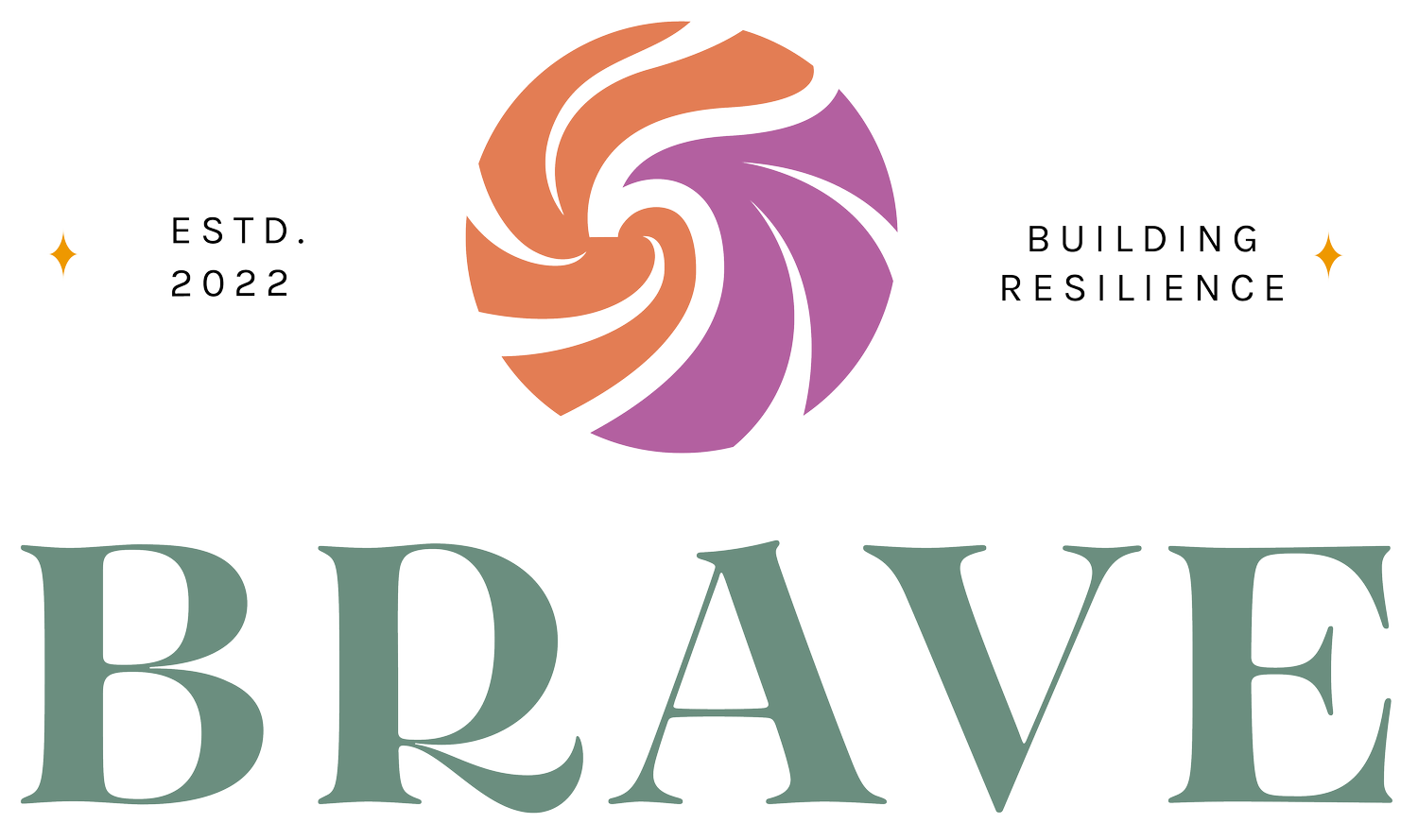Feeling Drained After Sessions? 3 Real Reasons It’s Vicarious Trauma Not Burnout
You know that foggy, fried feeling that creeps in at the end of a long day of sessions?
The one where you snap at your partner for asking what’s for dinner, or you find yourself staring blankly at a wall, unable to remember what you came into the room to do?
I know that feeling. I’ve lived that feeling.
And if you’re anything like me and the trauma therapists I support inside BRAVE, it’s not because you’re bad at your job. Or too sensitive. Or not cut out for this work.
It’s because of vicarious trauma.
We carry it with us. Quietly. All day. From client to client and session to session.
And unless we name it, it doesn’t go anywhere when we close the laptop or lock the office door.
In this post, I want to walk you through 3 reasons why naming vicarious trauma is one of the most powerful ways to return to yourself, access real support, and reconnect with the people who matter most.
1. Naming Vicarious Trauma Brings You Back to the Present
Sometimes I get home, and I feel like I’m floating a few feet above my own life. I’m technically "there" but not really present.
When you spend hours holding space for other people’s trauma, your own nervous system can slip into freeze without you even realizing it.
You scroll, zone out, disengage. Not because you don’t care about your life, but because your body is still processing everyone else's.
That’s where naming vicarious trauma changes things.
Even just pausing to say, "This is vicarious trauma. My body is reacting to what it held today," interrupts the autopilot. It helps me soften back into the moment.
Not perfectly. Not completely. But enough to exhale. Enough to be in my own skin again.
And that’s a practice I come back to again and again.
2. Naming Vicarious Trauma Makes It Easier to Receive Support
When we don’t name what we’re carrying, we convince ourselves it’s not that bad.
We minimize it. Compare it. Shame ourselves for struggling.
That’s how vicarious trauma thrives — in silence. In self-blame. In "I should be able to handle this."
Here’s a quick story: when I was pregnant with my first child, I hired a doula. Not because my husband wasn’t supportive, but because it felt safer to pay a professional than to ask him directly for help.
That’s how hard it was to name my needs. Even with someone who loved me.
Naming vicarious trauma isn’t just about awareness. It’s about opening the door to receive support. And not just in the big moments, but in the little ones too:
Letting yourself cancel a client without spiraling
Reaching out to a friend instead of pretending you're fine
Accepting care without interpreting it as weakness
It’s a small shift. But it makes a big difference.
3. Naming Vicarious Trauma Helps You Reconnect with the People Who Matter
When I’m deep in vicarious trauma and pretending I’m "fine," I’m still going through the motions. I answer texts. I do the dishes. I laugh at the right times.
But emotionally? I’m somewhere else.
That distance becomes my default. Until I stop and say:
I’m full. I’m affected. I’m not okay.
And every single time I let myself name it, I find a way back.
To my body. To my kids. To the people I love.
Not because I force it. But because I stop pretending. I start participating.
Naming vicarious trauma is how I move from performing connection to actually feeling it.
A Gentle Nervous System Check-In
As you’re reading this, maybe take a second and ask:
Where are your shoulders?
Are you clenching your jaw?
Can you soften something by just 10%?
That could look like:
One long exhale
A few fingertip taps
Grounding your feet into the floor
You don’t have to do anything perfectly. But you can come back to yourself in small, quiet ways. And naming what you’re holding is a good place to start.
Want Support Naming Vicarious Trauma?
This work is hard. You weren’t meant to white-knuckle your way through it.
If you want support tracking how vicarious trauma shows up for you, I made a free Vicarious Trauma Tracker and bonus mini course you can use anytime. No pressure, no judgment. Just a resource you can return to.
And if you’re craving connection with other trauma therapists who actually get it, come join us inside The BRAVE Trauma Therapist Collective. It’s not a performance space. It’s a place for real people having real conversations about what this work takes — and how we take care of each other inside it.
Come check it out if that feels right. And if not, just keep being honest with yourself.
That’s more than enough.







